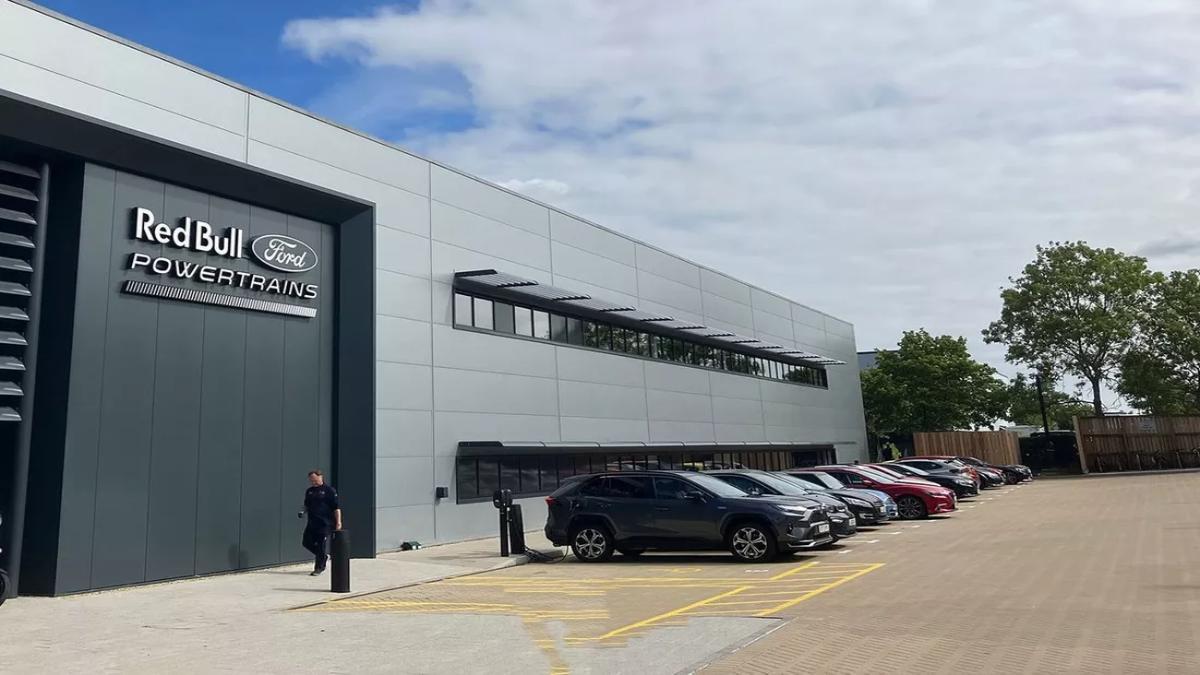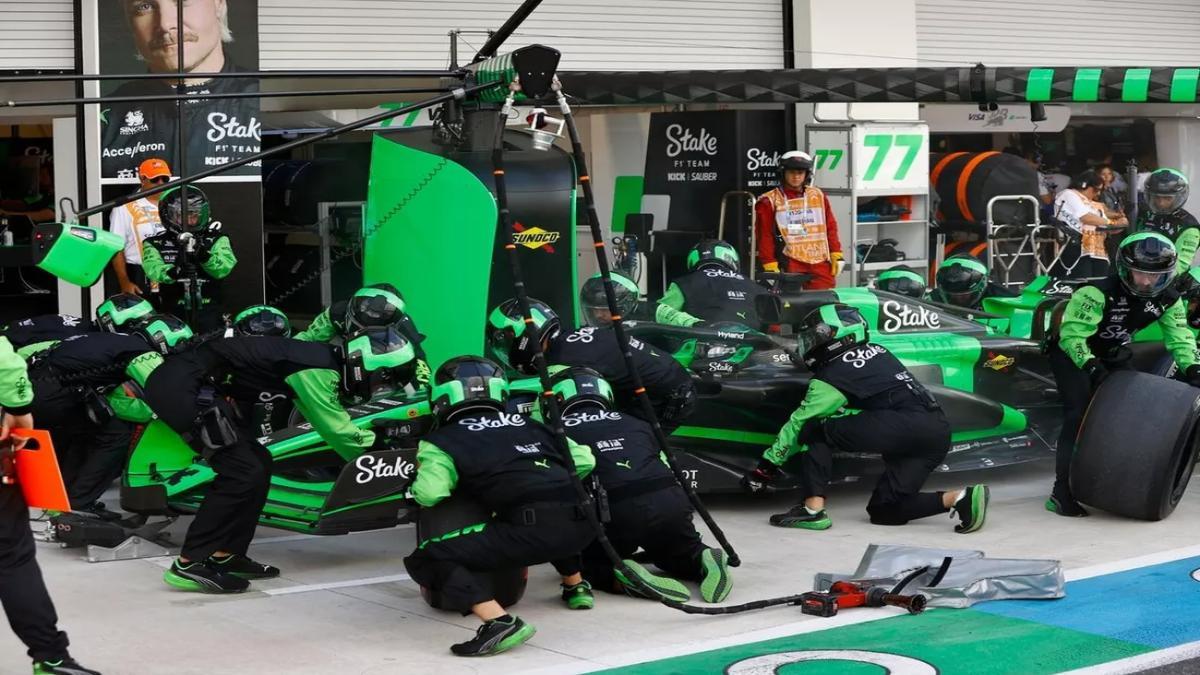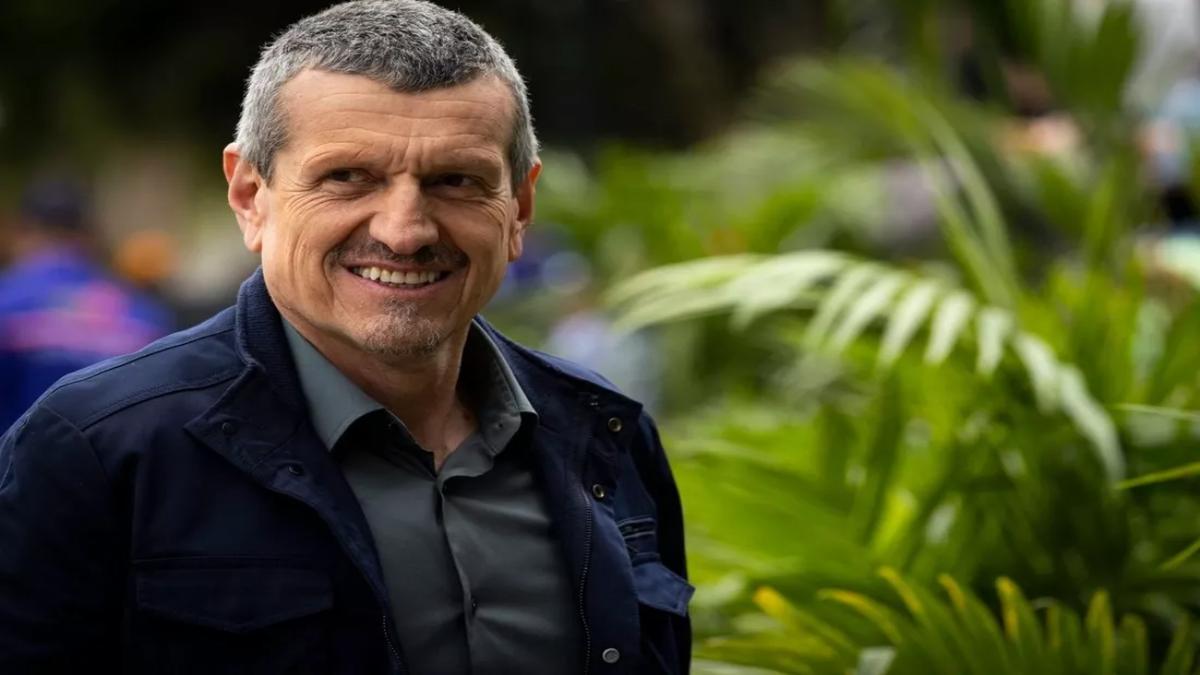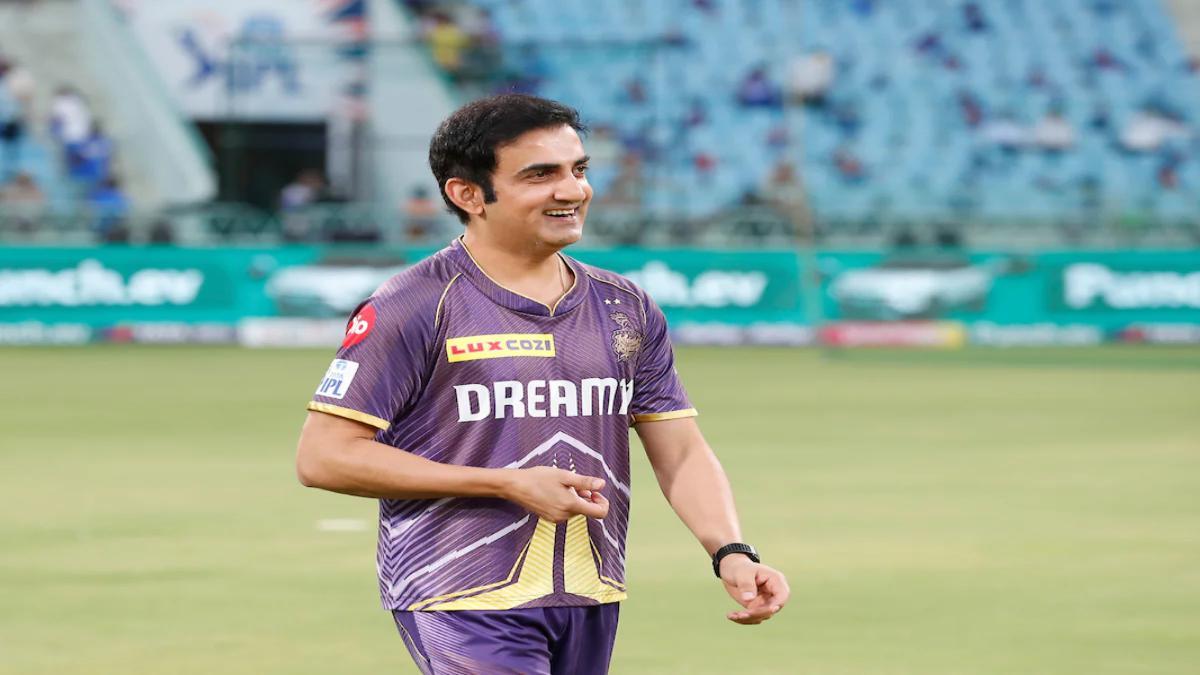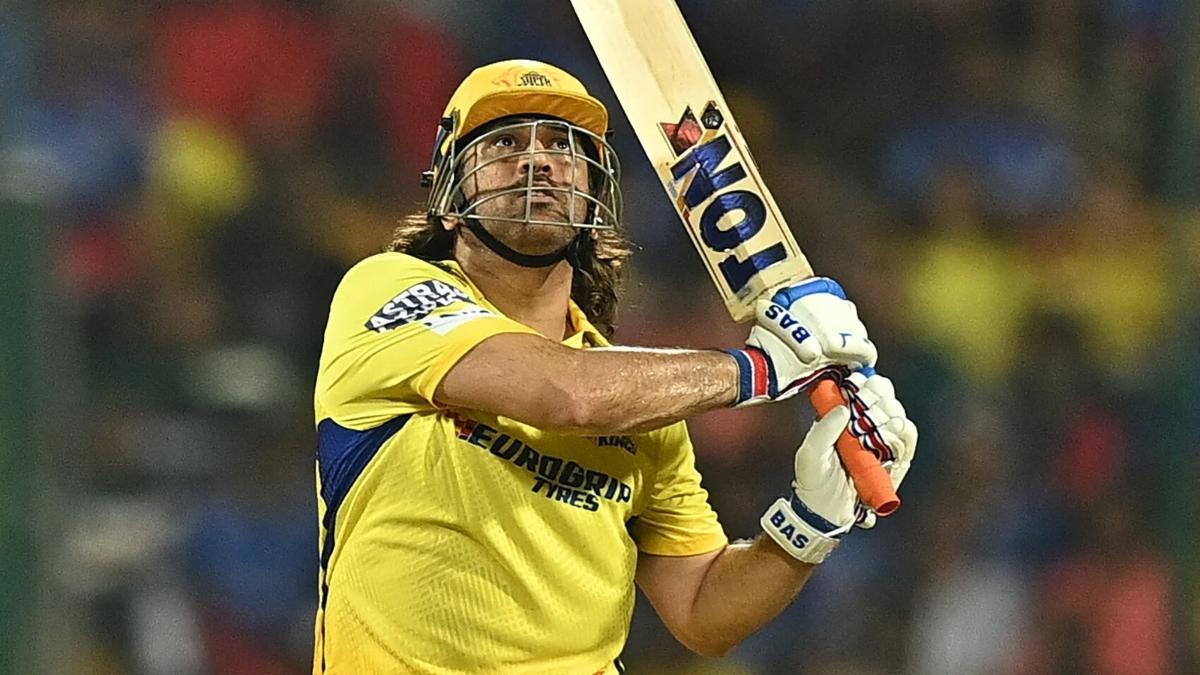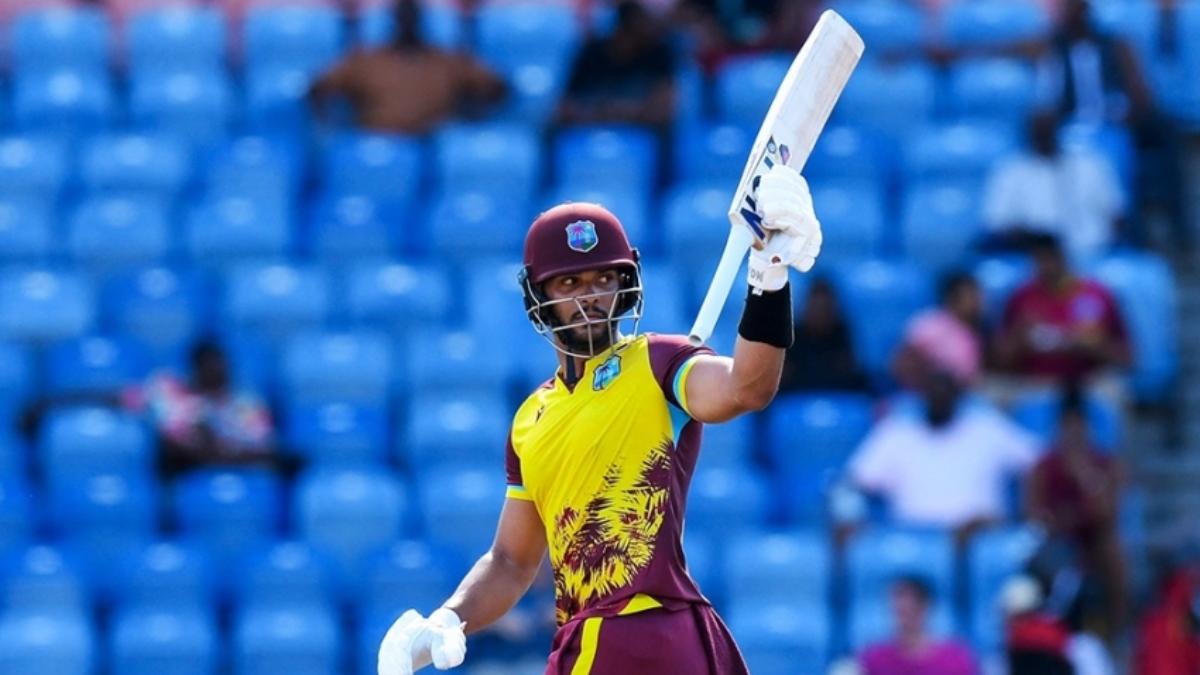(Motorsports news) A crucial component of a Formula 1 track are the track restrictions, which make sure that every driver stays inside the lines and prevent anyone from unfairly taking an advantage by running too wide. This season, multiple penalties for exceeding the speed limit have shown them to be a contentious problem for drivers.
What are track limits in F1?
The white lines that encircle the circuit and create a boundary that drivers are not permitted to breach are known as track limits. Drivers who cross the marked boundary with all four wheels are subject to a penalty and are not permitted to exceed these restrictions. If FIA stewards feel that an advantage has been obtained, they may impose penalties on the drivers.
Why does F1 have track limits?
Without track limitations, drivers might take advantage of certain curves to gain an advantage. Track limits indicate the edge of the circuit. For instance, curves with no grass or gravel on the entry or exit may be utilized to allow drivers to carry more speed through the turn and shorten lap times by taking a wider line around the corner. This would increase the minimum speed that a car can travel.
Why are penalties given for track limit infringements in F1?
Depending on which sessions the drivers are participating in, different penalties may apply for exceeding the track limit. Any infractions during a practice session usually result in the deletion of the car’s lap times; nevertheless, even if the driver repeatedly exceeds the track limitations, they won’t face harsher penalties. Drivers may also have their lap times erased during qualifying, which can put more pressure on them because it could result in them losing spots on the starting grid or, worse, not being able to advance to the following session.
Overcoming limitations on most track corners will result in the deletion of that lap; however, if a driver violates the rules on the last circuit onto the pit straight, their time for the subsequent lap will also be discarded. Each driver is only permitted three infractions of the track limits during a grand prix before they are signaled with a black and white flag, indicating that their next infraction will incur penalties. A five-second penalty for a subsequent infraction and a ten-second penalty for a fifth infraction await the driver.
76 lap times from the 2023 United States Grand Prix were removed. Although many drivers applauded the stewards’ prompt action, some asked that a longer-term solution be found. Valtteri Bottas stated: “It makes it slightly easier.” On the line, there’s a little bit more flexibility. However, the problem remains that there are several corners on the circuit where going wide gives you an advantage, and everyone is going over the limit. Therefore, whether it’s a sausage kerb or a gravel strip, there must be a rigid boundary. The track is the problem.
Which F1 tracks have the biggest issues with track limits?
The Austrian Grand Prix in 2023 witnessed the highest number of penalties for exceeding track limitations. Over 1200 reports of drivers exceeding the limit were reviewed by race control, and all of these incidents occurred at Turns 9 and 10 at the Red Bull Ring. Eight drivers received 12 penalties from the FIA for track breaches during the race, including Estaban Ocon, who received four reprimands totaling thirty seconds each. Ocon was able to break the record for the most penalties received during a grand prix thanks to the penalties.
The Red Bull Ring will likely be forced to add gravel traps similar to those found on Turn 4 by the FIA. According to the governing board, “this solution has proven to be very effective at other corners and circuits with similar issues, even though it is not a straightforward solution in relation to other series that race here.” Additionally, Haas instituted a statutory “right to review” regarding track limits following the US GP, in which Nico Hulkenberg narrowly lost out on points. The crew had found instances where other cars had gone beyond the track boundaries without the stewards noticing at the time.
The case concerned onboard video from Logan Sargeant, Alex Albon, Sergio Perez, and Lance Stroll that demonstrated the cars going beyond the speed limit at Turn 6. The stewards have admitted that the CCTV system on the circuit was positioned incorrectly and did not completely cover the corner’s exit.
Also read: Autosport’s Competition Car of the Year goes to Red Bull RB19





